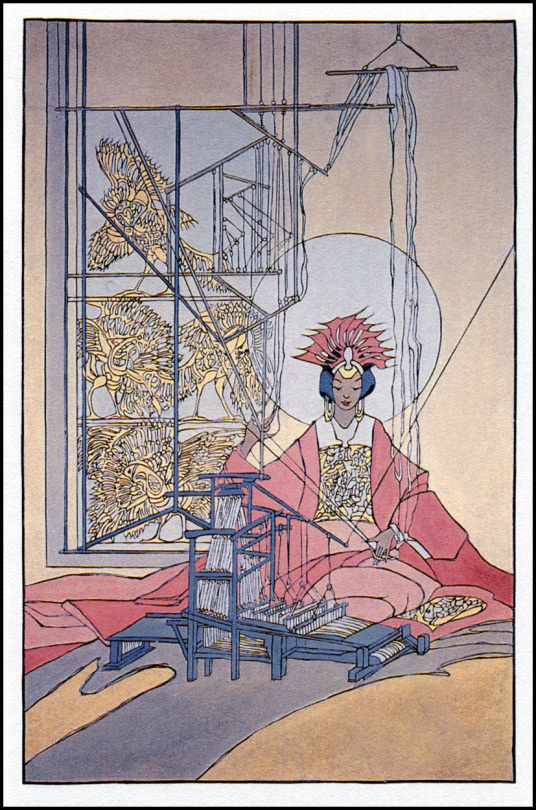#bertha lum
Text

Bertha Lum (American, 1869 - 1954)
Birds, 1924, Gravalos/Pulin
Raised-line woodcut with hand coloring on heavy paper, 23 1/2 x 15 3/4 inches, signed and dated in pencil, titled verso, trimmed to the image by the artist, good impression, color and condition.
No. 12-7102
541 notes
·
View notes
Text
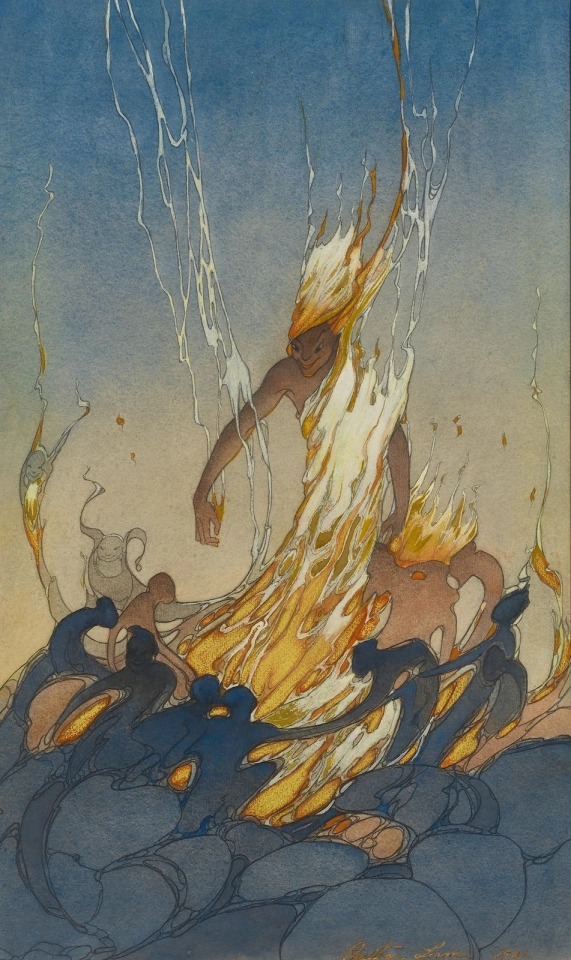
Bertha Lum - Spirit of Fire (1921)
186 notes
·
View notes
Text
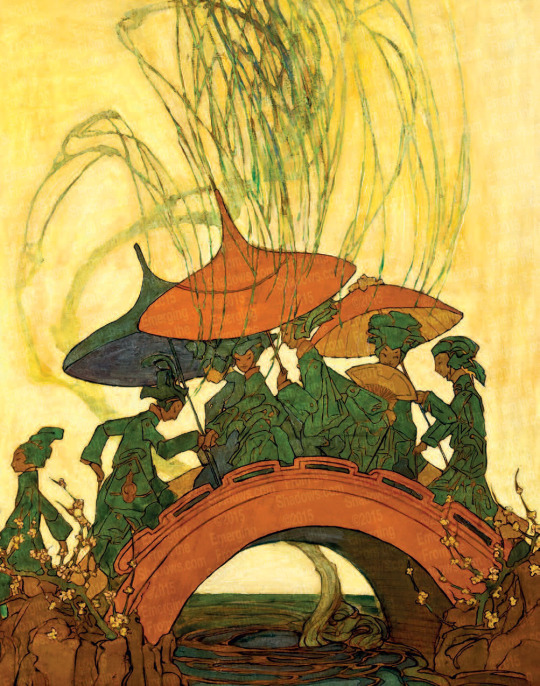
Bertha Lum • Japanese Marionettes Crossing a Moon Bridge • c. 1930 • Courtesy of Maurine St. Gaudens.
#art#art history#japanese woodblock#woodblock print#bertha lum#american artist#20th century art#umbrellas in painting
24 notes
·
View notes
Text

Weaving goddess by Bertha Lum, 1930
79 notes
·
View notes
Text
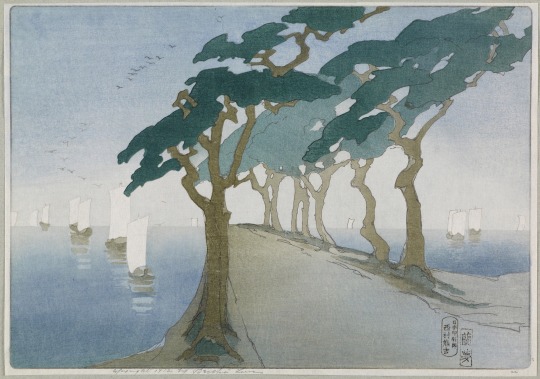
Pines by the Sea
Bertha Lum
color woodcut, 1912
39 notes
·
View notes
Photo

Bertha Boynton Lum Woodblock Print, 1933.
(via hourestate)
#art#kunst#woodblock print#figural print#bertha boynton lum#vintage print#wood engraving#20th century print#woodcut & block#american artist#american printmaker#holzschnitt
108 notes
·
View notes
Photo
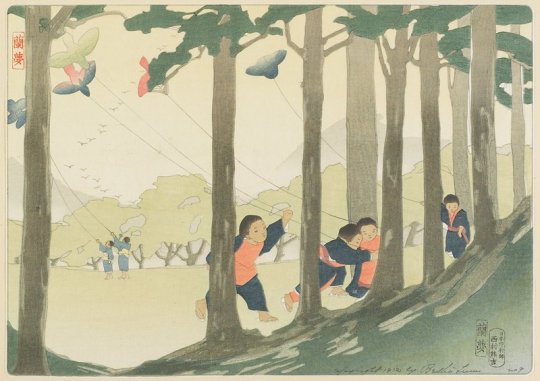



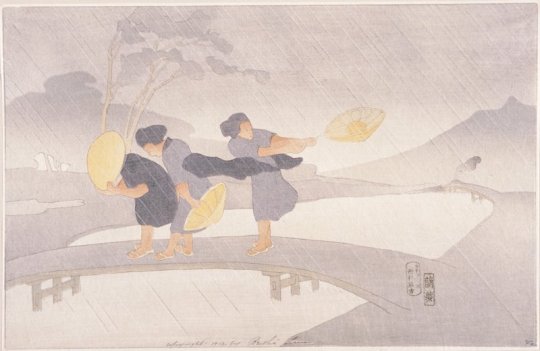
Bertha Lum, Woodblock prints, early 1900s
290 notes
·
View notes
Text
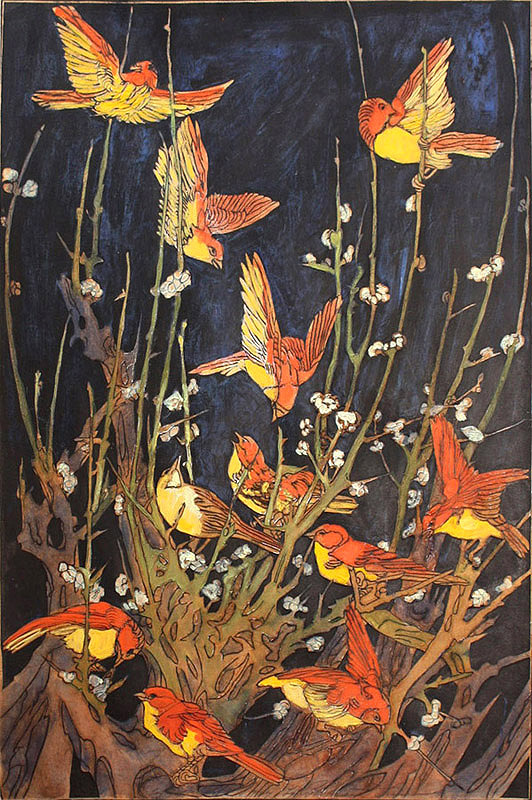
Bertha Lum - Birds (1924)
196 notes
·
View notes
Text

Bertha Lum • (American, 1869-1954) • The Procession • 1918 • Woodcut
Bertha Lum helped to popularize Japanese style woodblock printing in the west. She combined Japanese ukiyo-e and Western Art Nouveau for a truly unique style.
#art#woodcut#fine art#art history#printing#block printing#bertha lum#woman artist#american artist#early 20th century american art#pagan sphinx art blog#art blog#art lover#japonisme#ukiyo-e#art nouveau
15 notes
·
View notes
Text

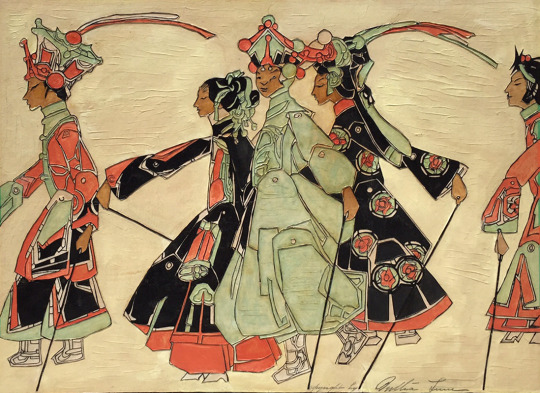

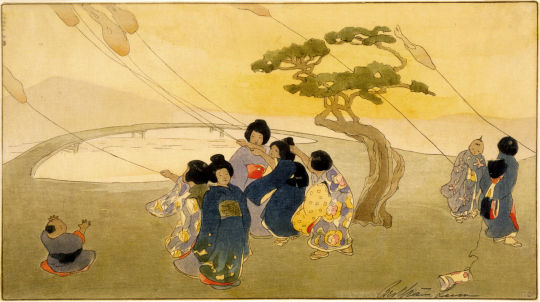



Bertha Boynton Lum (1869 – 1954) was an American artist known for helping popularize the Japanese and Chinese woodblock print outside Asia.
Here is her story by Olga Harmsen:
"Bertha Boynton Bull was born May 1869 in Tipton, Iowa. Her father, Joseph W. Bull (1841–1923), a lawyer, and her mother Harriet Ann Boynton (1842–1925) were both amateur artists.
In 1885, Bertha attended the Art Institute of Chicago for one year focusing on design. A few years later she studied stained glass with Anne Weston and illustration with Frank Holme. Her aesthetic sensibilities were further shaped by the display of Japanese prints at the 1893 World’s Columbian Exposition in Chicago and by Arthur Wesley Dow’s influential textbook Composition (1899), which promoted Japanese color woodcuts as models. It is said Bertha was also influenced by Lafcadio Hearn, who translated Japanese legends and fairy tales into popular books.
In 1903 Bertha married Burt F. Lum, a corporate lawyer from Minneapolis, Minnesota, and persuaded him to travel to Japan on their honeymoon. It was her first of many adventures in the Orient.
“Before I went to Japan, I thought that print makers were as easy to find as paper lanterns or kimonos but after I spent six weeks asking everyone who spoke English – guides, rickshaw boys, hotel proprietors and curio dealers – were I could buy tools and see them make prints, and found no one to tell me, I became utterly discouraged and only succeeded the week before I sailed back home, in being directed to a shop where they reproduced old prints, and it was an hour spent there that gave me all the knowledge I had of the process aside from what I had learned from books.
This shop, as great favor, allowed me to pay $20 for thirteen tools (and I was glad to get them at any price) though I found on a later trip that they were of inferior grade and I then bought fifty of the best for $5.
When I returned home I added to the knowledge gained in this short time by reading everything obtainable on the subject, and started to make prints.”
Back in the U.S. she produced some lovely prints like “China Boy” or “Lanterns”. Three years later (1907) she returned to Japan for fourteen weeks with an introduction letter to Igami Bonkotsu (1875-1933), a master block cutter in Tokyo. Bonkotsu disclosed to her the techniques of carving and arranged for her education in block printing.
“…The next day we started early and went miles and miles far into the suburbs of Tokyo, down back streets and finally at the end of an alley, where the poorest people lived, in a very small house of four rooms, we found the man who was supposed to cut the best blocks in Tokyo – and there I worked every day for two months. My teachers were mostly two apprentices of twelve years of age, “the master” coming in once or twice a day to approve, or mostly disapprove, of my progress.”
The master carver was Igami Bonkotsu.
After having learned how to cut, she went to the printer (Kamakichi Nishimura) and there again she stayed many weeks watching young apprentices color in her own prints.
“When I was ready to stop cutting blocks, accompanied by the professor and “the master” I was taken to another part of the city and presented with due ceremony to the printer. We drank tea and ate cake for two hours and all was arranged for me to begin work the next morning. I went every day for four weeks and did no printing but watched the man work out my ideas from the blocks I had cut. It was in a part of the city where foreigners never go and when I appeared at the end of the street it would immediately fill with men, women and children and when we reached the house my rickshaw boy go so near I could slip into the front door. We worked in a room on the first floor with only the paper shojii between us and the mob, all that could come near enough, would wet a finger, punch it through the paper and then use the hole as a peep-hole and you could look up any time and see a dozen or more eyes watching and the entire screen would have to be recovered each day after my departure. None of these people spoke a word of English my Japanese was only useful in bargaining for junk so you see there were some difficulties to be overcome."
Continue https://aboutartnouveau.wordpress.com/.../bertha-lum.../
11 notes
·
View notes
Photo
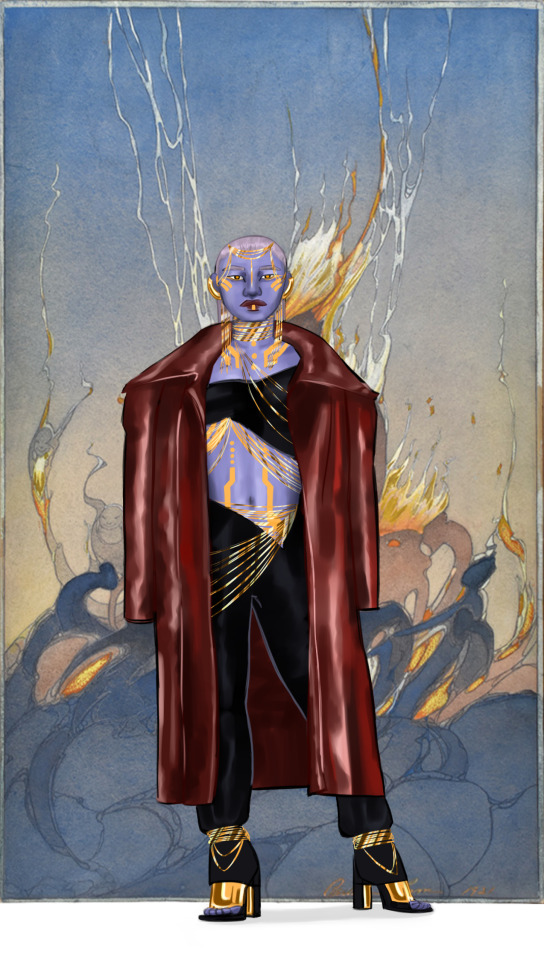
Riyo ‘I’m Not Blackmailing You’ Chuchi
[I.D. It’s a digital drawing of Riyo Chuchi from star wars. She’s wearing an outfit inspired by Mugler’s 2021 Fall collection, which includes a black bodysuit with cut-outs, black, block-heeled high-heels and a crimson overcoat. She’s wearing several goldchains, her hair is combed back and a lot more tattoos are vivisble. She’s standing before the painting ‘Spirit of Fire’ by Bertha Lum. End I.D]
#riyo chuchi#i think she and ponds are at the same event and talkking shit bout people they dont like#but youd never know cause theyre so friendly n nice when u talk to them#like there could never be an unfriendly bone in them <3#ajekyllsart#saw too much mugler and had to put her in some
88 notes
·
View notes
